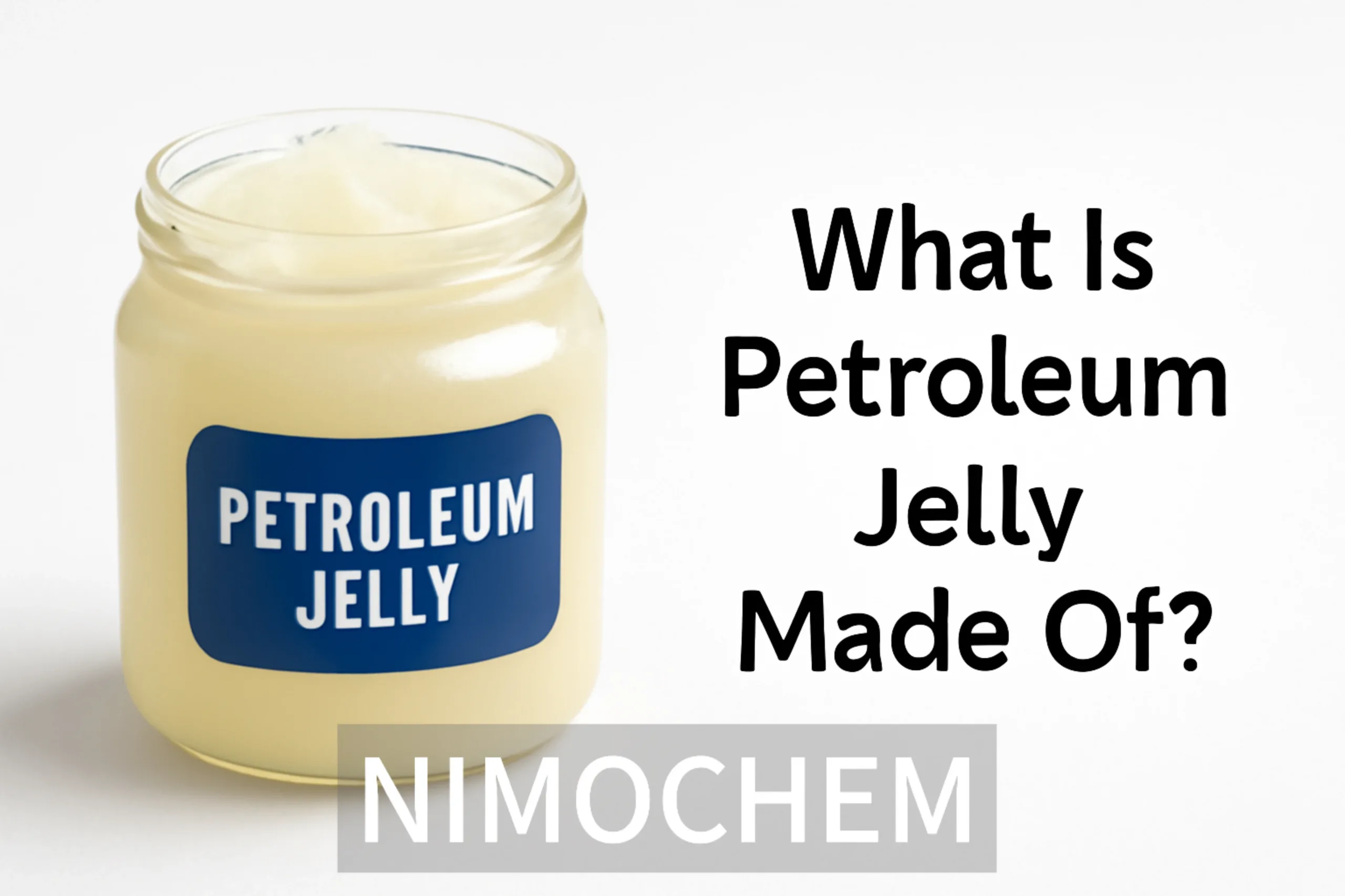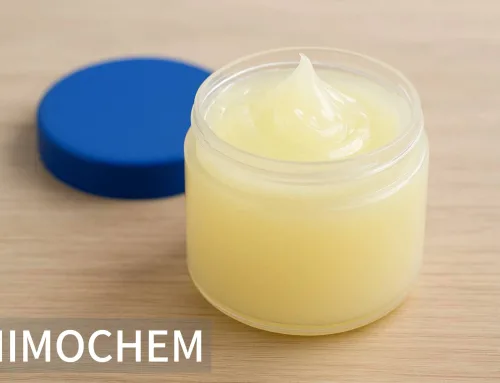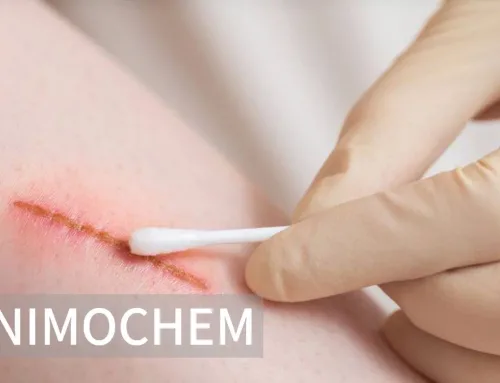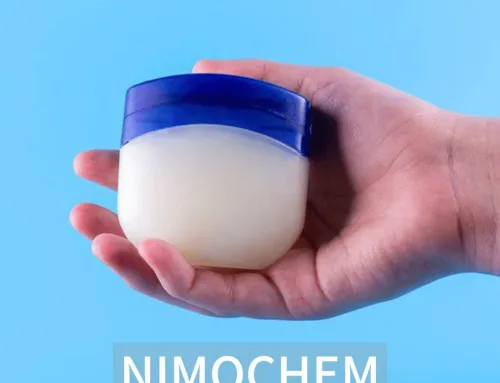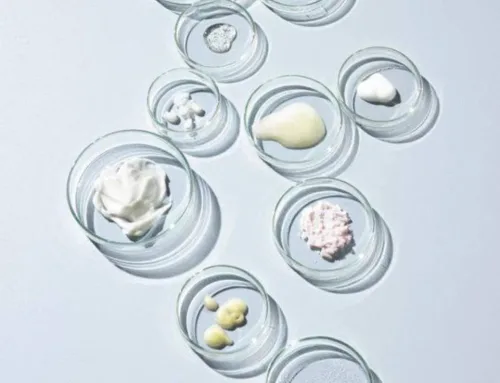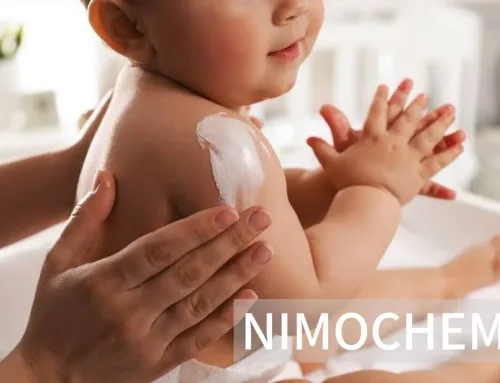What Is Petroleum Jelly Made Of? Understanding Its Composition and Uses
Petroleum jelly is a common household product that has stood the test of time. Petroleum jelly is a common item in many homes. People use it to soothe dry skin, heal minor cuts, and protect hair. But have you ever wondered, what is petroleum jelly made of?
In this blog, we will look at where petroleum jelly comes from and what it is made of. We will also discuss its uses and why many people keep it in their homes.
What Is Petroleum Jelly?
Petroleum jelly, sometimes known as mineral jelly, is a semi-solid mixture derived from petroleum. It has a smooth, waxy texture that is often used for its moisturizing properties, especially for skin care. It’s a combination of hydrocarbons, created by refining crude oil to remove any impurities. This makes it a versatile and effective product used in a variety of personal care products and industrial applications.
What Is Petroleum Jelly Made Of?
Petroleum jelly is primarily composed of hydrocarbons. It is made of a mix of saturated alkanes and paraffin waxes. These are carefully refined from crude oil. Here’s a breakdown of its components:
- Mineral Oils: These are liquid hydrocarbons from petroleum. They help make petroleum jelly smooth. Mineral oils also play a crucial role in its moisturizing properties.
- Waxes: These are solid hydrocarbons that add stability and structure to the jelly. Waxes are what give petroleum jelly its firm, but spreadable texture.
- Paraffin is a type of wax made from refined crude oil. It is one of the main ingredients that keeps petroleum jelly solid at room temperature.
- Petrolatum is the main ingredient. It is a refined form of crude oil. This thick, gooey substance makes petroleum jelly a great barrier for the skin.
How Is Petroleum Jelly Made?
The process of making petroleum jelly includes several steps. These steps refine crude oil to make it pure and safe for consumers. The main steps include:
- Extraction: Petroleum is extracted from deep beneath the Earth’s surface.
- Distillation: The crude oil is heated in a distillation tower to separate it into different fractions based on their boiling points.
- Refining: The resulting fractions are further purified by removing impurities like sulfur and aromatic compounds. This is where mineral oils and paraffin waxes are isolated and refined.
- Blending: The pure mineral oils and waxes are then blended together to create the desired texture of petroleum jelly.
- Quality Control: Finally, the product is tested to make sure it meets safety and quality standards. Then, it is packaged and sold.
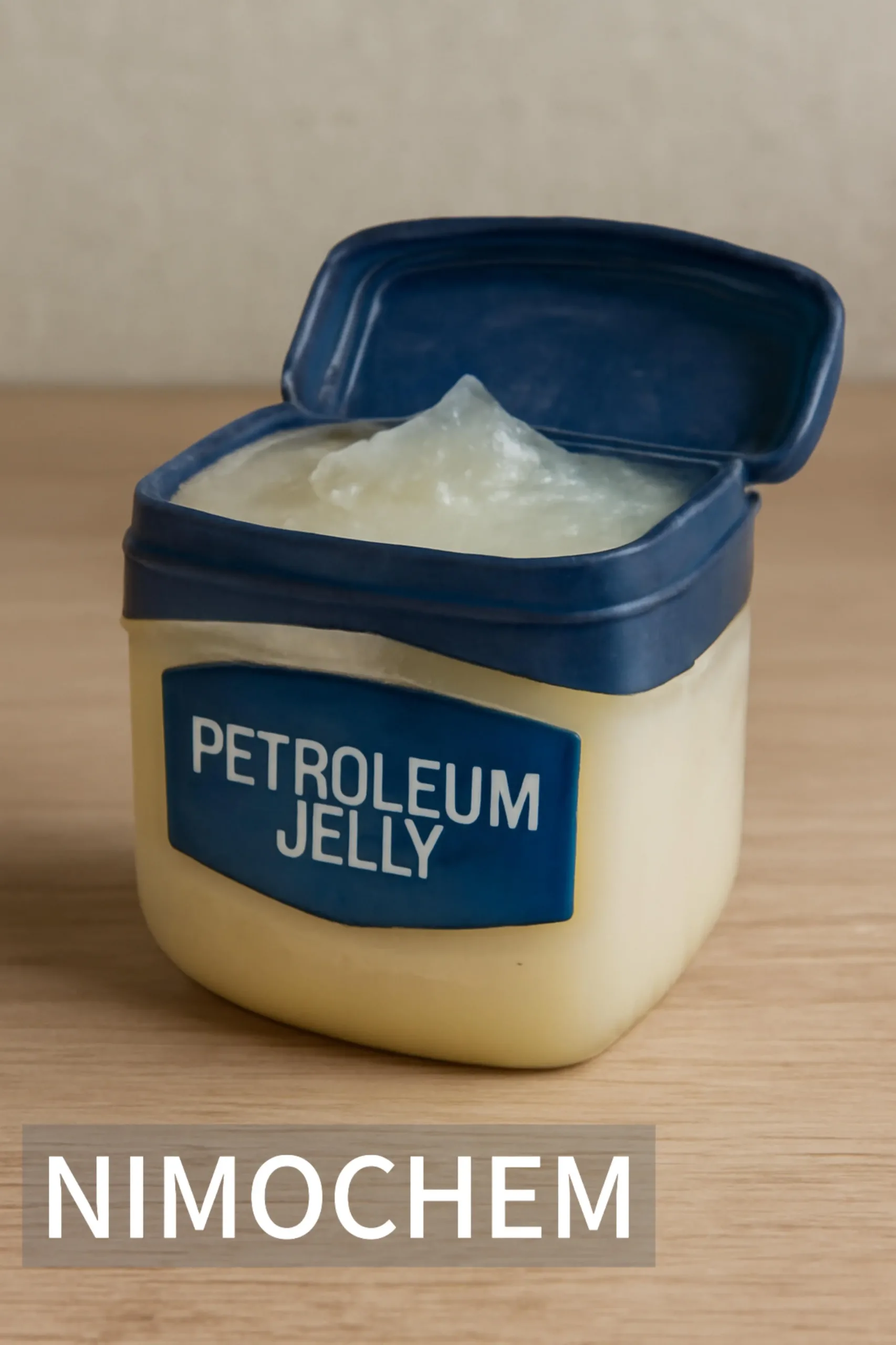
Why Is Petroleum Jelly So Popular?
Petroleum jelly’s popularity can be attributed to its versatile nature and numerous benefits:
- Moisturizing: It acts as an excellent barrier that helps to lock in moisture, making it perfect for dry skin and chapped lips.
- Healing Properties: It helps protect small cuts, burns, and scrapes. It creates a layer that keeps bacteria out of the wound.
- Skin Protection: You can use petroleum jelly to shield the skin from windburn, sunburn, and even diaper rash in babies.
- Hair Care: It can also be used for hair styling, giving a glossy look and taming flyaways.
- Non-Irritating: Its gentle formula is safe for most skin types, including sensitive skin. It does not cause irritation or allergic reactions in most people.
Is Petroleum Jelly Safe for Skin?
Yes! When used properly, petroleum jelly is considered safe for skin. However, there are some guidelines to keep in mind:
- Avoid Use on Open Wounds: You can use it to protect small cuts. However, do not apply it to deep or large open wounds. It can trap bacteria inside.
- Patch Test: If you have sensitive skin, it is smart to do a patch test. This should be done before using petroleum jelly on larger areas of your skin.
Common Uses of Petroleum Jelly
Petroleum jelly is an incredibly versatile product and is used in many ways. Here are a few examples:
- Skin Care: As a moisturizer, it helps keep skin hydrated and prevents moisture loss, especially in cold weather.
- Hair Care: It’s sometimes used to give hair a shiny, glossy finish.
- Makeup Remover: It can be used to gently remove makeup without irritating the skin.
- Foot Care: Applying petroleum jelly to your feet before bed can help soften rough skin and prevent cracks in heels.
- Personal Care: It is often found in baby care products, like diaper creams. This is because it is gentle and protects sensitive skin.
Conclusion
So, what is petroleum jelly made of? It’s a blend of mineral oils, waxes, paraffin, and petrolatum, all derived from refined crude oil. This special mix gives petroleum jelly its helpful qualities. This is why many people choose it for personal care and skincare.
Petroleum jelly is a great choice for protecting your skin. It can help heal minor cuts and moisturize dry areas. It is both effective and affordable.
For high-quality petroleum-based products, visit nimochem.com—your trusted source for premium paraffinic products.
